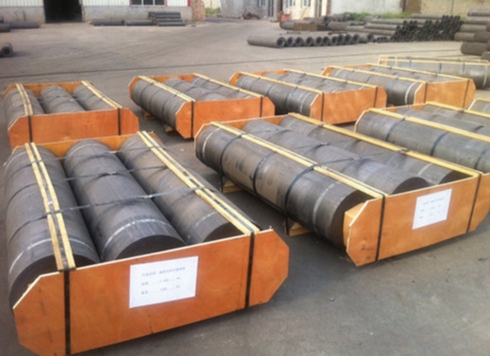
The ability to operate at high temperatures is one of the main factors that sets graphite apart from other materials used for industrial applications. This makes them perfect for electric arc furnaces (EAF), where temperatures can reach 3000degC.
Graphite can also withstand a wide range of chemicals, as it is chemically inert. This durability is crucial, especially in industries with a high level of chemical exposure. It also helps to reduce waste and create a safe workplace.
Graphite electrodes are not indestructible, despite how tough they look. Over time, they may lose their structural integrity. This can affect their effectiveness in many ways. Fortunately, it can be prevented with proper care and upkeep. Not only that, but the size of graphite particles within an electrode directly impacts its performance. During the manufacture process, the graphite has an elliptical shaped, which creates a gap at the end of electrode and cylinder wall. This gap can be referred to by the term pore. It is important to minimize this pore size in order to prevent reversible degradation of the graphite.
The smallest pores are called micropores. While the largest pore dimensions are known as macropores. The macropores can hold more lithium than micropores because they have a larger surface area. Nevertheless, if macropores grow too large, it can hinder current flow in an electrode. It is crucial to maintain a balance in the electrode between the micropores and macropores.

This can easily be achieved with a different machining process during the manufacture process. Compared to the conventional grinding, which produces an elliptical pore size distribution, milling can produce a more symmetrical pore size distribution, which improves electrode performance. Milling reduces the granularity (or roughness) of the graphite and increases micropore surface.
The particle size (PSD) of the graphite is also critical to its performance. Particle size affects both internal resistance and degradation processes like solvent cointercalation. A PSD characterized by a fine particle scale is less prone to be affected, while a graphite electrode with a coarser particle distribution could see its capacity drop significantly after repeated cycling.
Quantachrome Helium Multipycnometer was used to investigate the effect of PSD on electrode capacity. This instrument measures an electrode's true density. It takes into account the open and closed pore sizes. True density is a measure of the material's density. A higher value indicates a more graphitic substance. Quantachrome Helium Multipycnometer measures the particle shape near the net, which reflects a material's closeness to an ideal sphere. Using this test, the ball-milled graphite with Performance+ demonstrated the highest true density and was therefore found to be the most suitable for LiB applications.

Write a Message